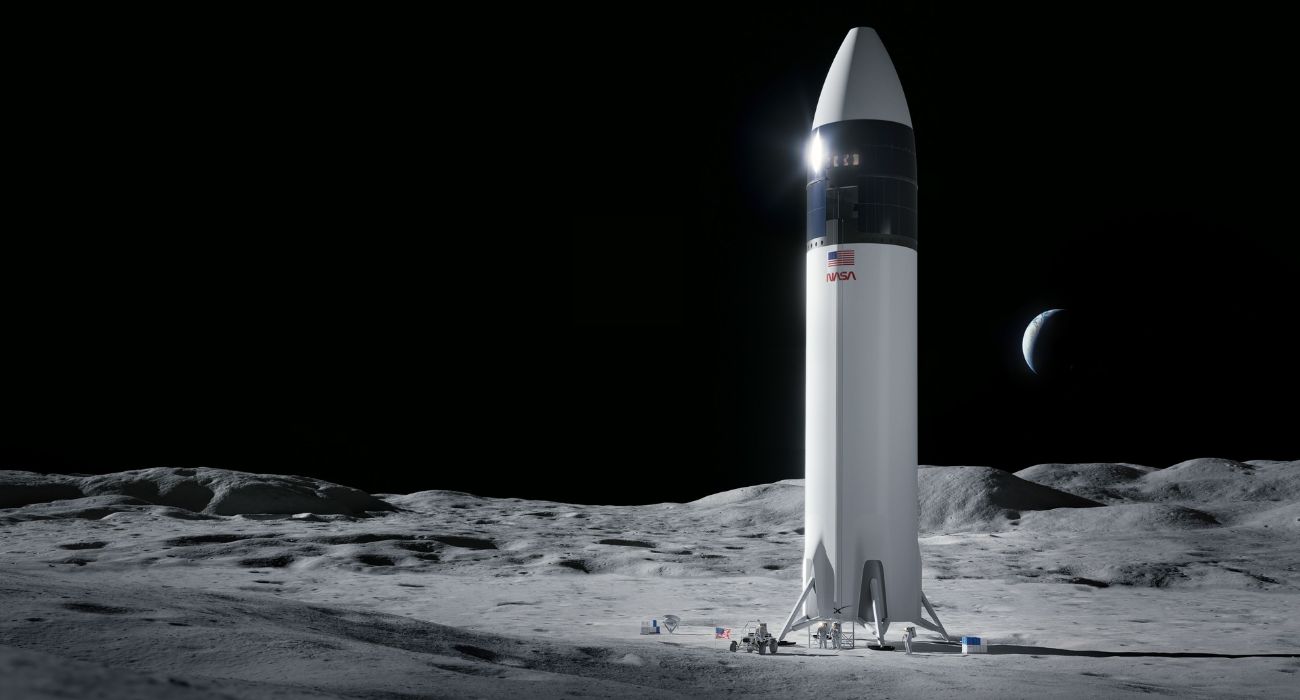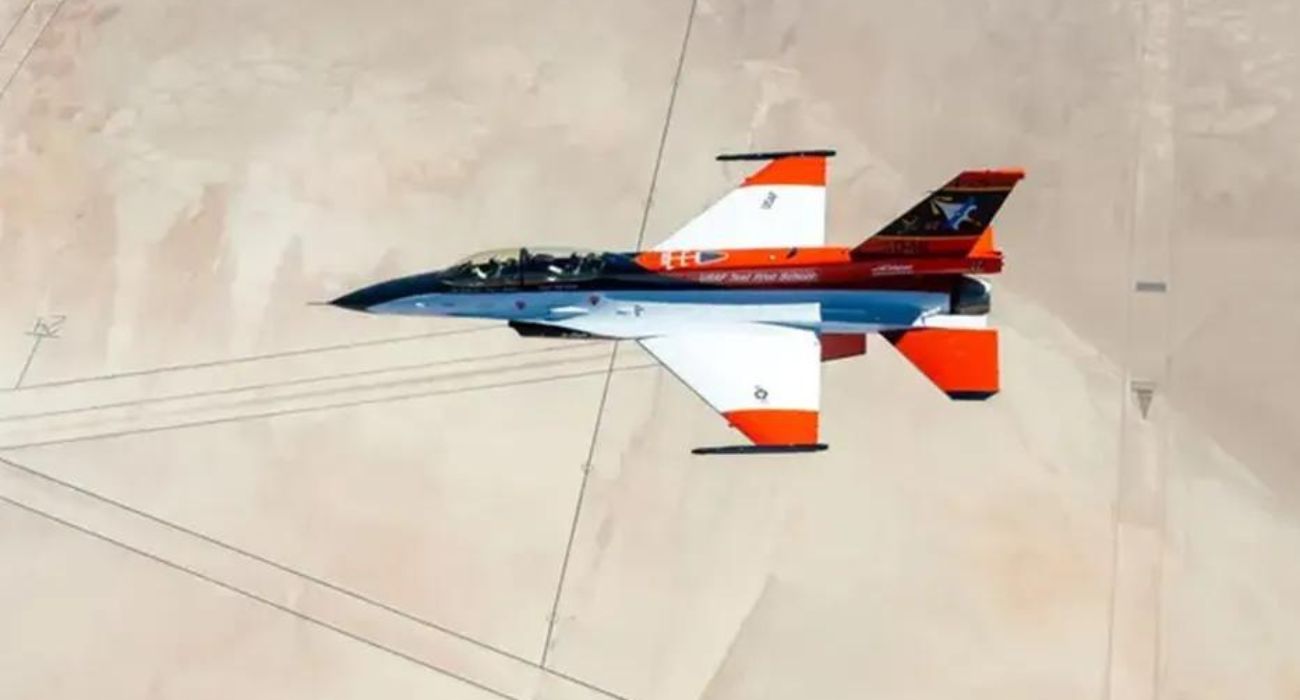NASA expects to have people living on the Moon within this decade, according to the BBC.
Hope for this prospect lies in NASA’s Artemis Program.
Artemis I is the first in a series of missions in the Artemis Program to build a long-term human presence on the Moon.
NASA said the goal of the last launch was to demonstrate and test Orion’s systems in spaceflight, as well as to ensure safe re-entry, descent, splashdown, and recovery, as previously reported by The Dallas Express.
The powerful SLS rocket launched from Kennedy Space Center on November 16 carried the Orion space capsule into space. On November 21, Orion performed its first flyby of the Moon while slingshotting behind it. After achieving a record-breaking distance from Earth, as The Dallas Express reported, the craft will pass over the Moon once again before splashing down on earth on December 11.
Orion is unmanned and carries three test dummies that will gather information about the effects of the flight on the human body. If all goes well with the current flight, NASA will launch Artemis II as a manned mission with a Moon flyby, followed by Artemis III which will include a lunar landing.
This is not NASA’s only craft in space at the moment. NASA’s CAPSTONE also completed its final maneuvers to place it in its target orbit around the Moon.
This craft was launched on June 28 and was meant to demonstrate the reliability of new technology for future missions, as well as to collect data. This is also the first spacecraft to fly in an almost rectilinear (or nearly straight) halo orbit and the first CubeSat (miniature satellite) to operate around the Moon. This same orbit will be used by Gateway, a Moon-orbiting space station in the works that will support NASA’s Artemis operations.
“Missions like CAPSTONE allow us to reduce [the] risk for future spacecraft, giving us a chance to test our understanding and demonstrate technologies we intend to use in the future,” said Jim Reuter, associate administrator for NASA’s Space Technology Mission Directorate in a press release.
“Partnering with innovative U.S. companies, including several small businesses, on CAPSTONE has given us the chance to forge new ground, merging commercial interests with NASA’s goals,” he continued.
Bradley Cheetham, the principal investigator for CAPSTONE and chief executive officer of Advanced Space, explained, “Getting into this orbit at the Moon validates so much hard work and grit by the combined CAPSTONE mission operations team.”
This sentiment was shared by Howard Hu, Orion’s program manager, who told the BBC that watching the current Artemis flight is like a “dream” and triggers “that excitement and feeling of, ‘wow, we are headed back to the Moon.'”
Artemis III would land astronauts on the Moon for the first time since 1972, but their aims would be quite different from their predecessors. As Hu explained, a major reason for returning to the Moon is the prospect of water at its south pole.
“We’re going to be sending people down to the surface, and they’re going to be living on that surface and doing science,” said Hu. If water were to be found, it could be transformed into fuel so that a craft could be sent deeper into space and even to Mars.
“It’s really going to be very important for us to learn a little bit beyond our Earth’s orbit and then do a big step when we go to Mars,” he continued.







First of all, you would have to constantly wear shoes that would keep you from floating around and then you would also have to wear a helmet so you could breath. I don’t call that living.
We will let the Democrats have the moon. They must all go though. See y’all!
Sure you will. Until you find out how great it is, they discover some precious metals, or find some other way to profit from it. Then you will won’t to come pollute, and destroy it like you are doing to the earth.